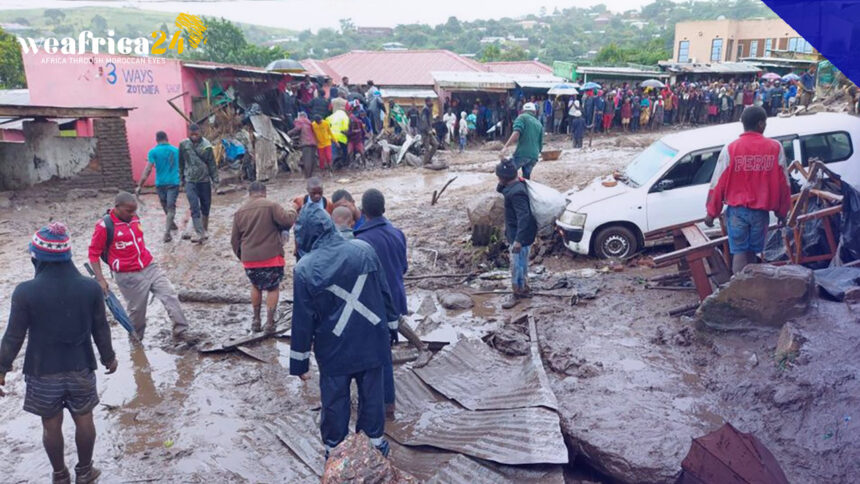As a result of Cyclone Freddy, more than half a million people have been left homeless in Malawi, according to the United Nations, which on Tuesday expressed concern about an “explosion of humanitarian needs” there.
Freddy, which dissipated last week after causing heavy flooding and massive landslides, killed at least 499 people in southern Malawi, the epicenter of the disaster, and more than 650 in total in southern Africa since the end of February, according to data collected by UN agencies.
“Nearly 508,250 people have been displaced and at least 499 killed” in Malawi, the International Organization for Migration (IOM) said in a statement, the cyclone has had “a devastating effect on (…) near the half the country” with a population of about 20 million.
There have been at least 1,300 injuries and more than 400 people are still missing. More than 500 emergency shelters have been opened as a result of search and rescue operations.
“Those affected are in dire need of humanitarian assistance, with the most immediate needs being shelter, food, clean water, sanitation, hygiene, health, and protection,” according to IOM. “The needs are increasing hour by hour”.
The authorities and NGOs fear in particular a worsening of the cholera epidemic. Malawi has been fighting for more than a year against the worst epidemic of this disease that the country has known, which has already killed more than 1,700 people.
On track to be ranked the longest cyclone on record, Freddy first hit Madagascar and Mozambique in late February before returning to the Indian Ocean. It had regained power from the warm waters and turned back, heading back to the mainland. On his return, he hit landlocked Malawi the hardest.
Phenomena linked to climate change are more and more often the cause of population displacements in the world, according to the IOM. Over the past decade, storms, floods, and droughts have caused an average of 21.6 million internal displacements each year.







